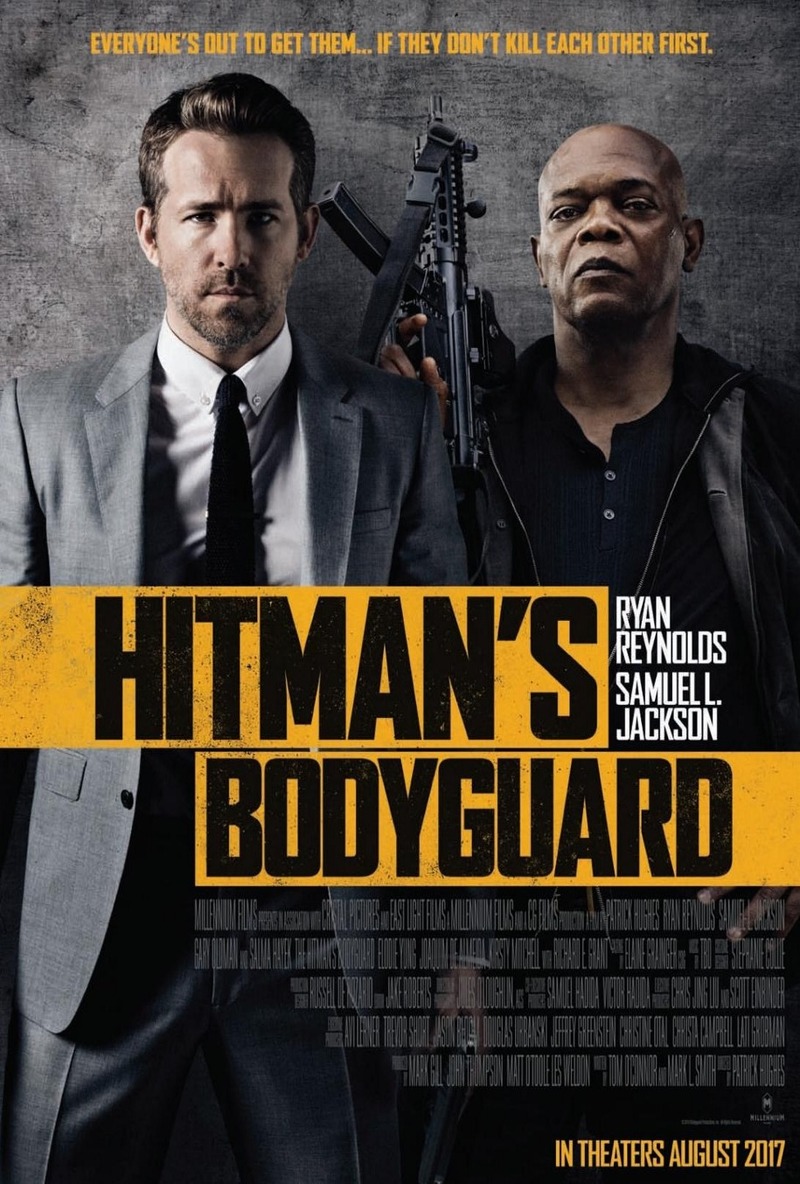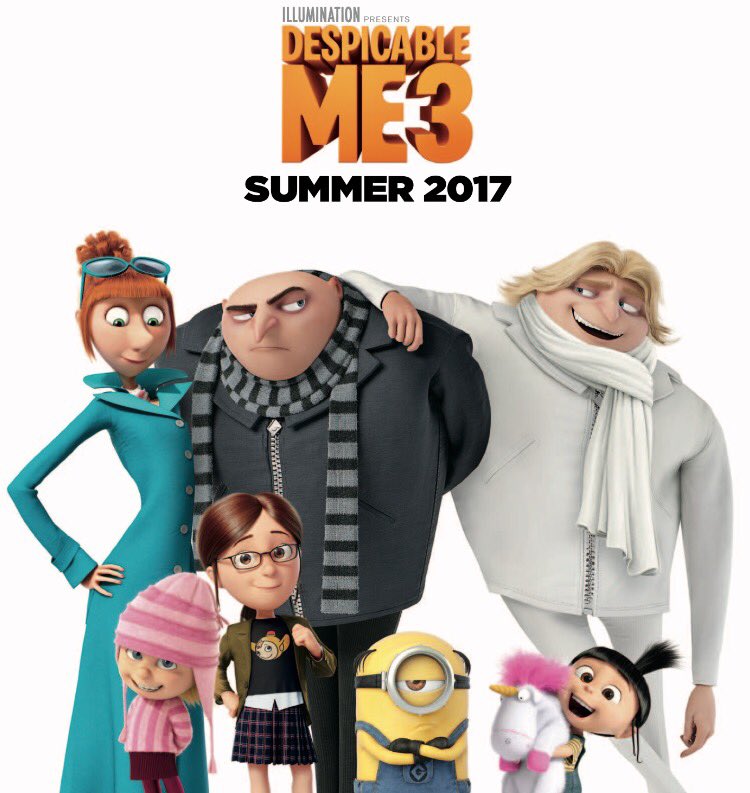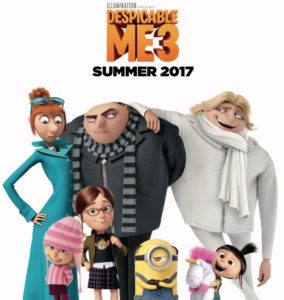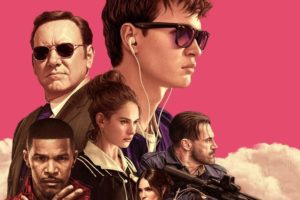The Hitman’s Bodyguard
Posted on August 17, 2017 at 5:02 pm
C| Lowest Recommended Age: | Mature High Schooler |
| MPAA Rating: | Rated R for strong violence and language throughout |
| Profanity: | Extended very strong language |
| Alcohol/ Drugs: | Alcohol, drugs |
| Violence/ Scariness: | Constant peril and violence, guns, explosions, assault weapons, chases, car crashes, knives, many characters injured and killed, many disturbing bloody images |
| Diversity Issues: | None |
| Date Released to Theaters: | August 18, 2017 |
| Date Released to DVD: | November 21, 2017 |
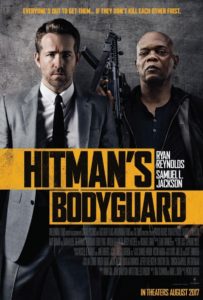
This may not be the moment for violent and lethal mayhem as lighthearted summer fun, including the execution of a man’s wife and child as he watches in horror. A lot of heads explode when they are hit by bullets and the fact that we don’t know most of them because they are all faceless guys in riot gear does not make a difference. So, stipulating that the premise is dumb, the plot makes no sense, the genre has been played out endlessly over the years, sometimes worse but sometimes much better, including with these two actors, and that it is especially dispiriting to see Salma Hayek wasted in a silly spitfire role, I will share a couple of thoughts about the two stars.
Ryan Reynolds: I don’t know why you would want to give this movie any more of your time, but if for some reason you sit through the very long credits (lots of locations, lots of stunts), you will see a brief extra scene that will give you an idea of what a talented professional Ryan Reynolds is. He had just one job in that shot, to have a particular facial expression that matched the expression in another scene. He was ready to go when the shooting had to be held up because loud church bells began playing nearby. We hear someone from the crew yell out that they are holding for the church bells, and we see Reynolds hold that expression and that mood as the bells keep ringing and then keep ringing some more. He keeps it together for an impressive length of time, then finally gives up, wipes his eyes, and makes a quip. But it gives you a sense that even in a silly shoot-em-up like this piece of forgettable fluff, he holds himself to the highest standard. Also, the character here is designed around his strengths. He is at his best when he is playing a decent guy who is frustrated and snarky. The script doesn’t give him much to work with — the yadda yadda about his triple A rating is especially tiresome and the romantic complications are inane. But he makes the best of it with great timing and essential decency.
Samuel L. Jackson: Lord knows, he could phone it in by now. He’s done this exact role more times than even he can count. But he brings it, snapping out every one of those MFs like he’s been waiting to do it all his life and creating a character with no help from the script. He even has to sing. One smart move made by the screenwriter is giving Darius two impediments, one emotional, one physical to make it believable that Michael could be a match for him. Kind of like in “Batman vs. Superman,” when they had to kryptonite-ize Superman but not too much to make it an even fight.
Someday, when this movie comes on cable, just check it out long enough to see not why we pay these guys the big bucks but why they’re worth it.
Parents should know that this film includes constant peril and violence with chases, explosions, shoot-outs, assault weapons, knives, various other weapons, many characters injured and killed, graphic and disturbing images including bloody wounds and heads exploding, very strong language, drinking, drugs, brief nudity, and a brief glimpse of a prostitute.
Family discussion: Who was right about what makes a bad guy? Why was it hard for Michael to believe Amelia?
If you like this, try: “Midnight Run,” “Mr. Right,” “Die Hard with a Vengeance”

